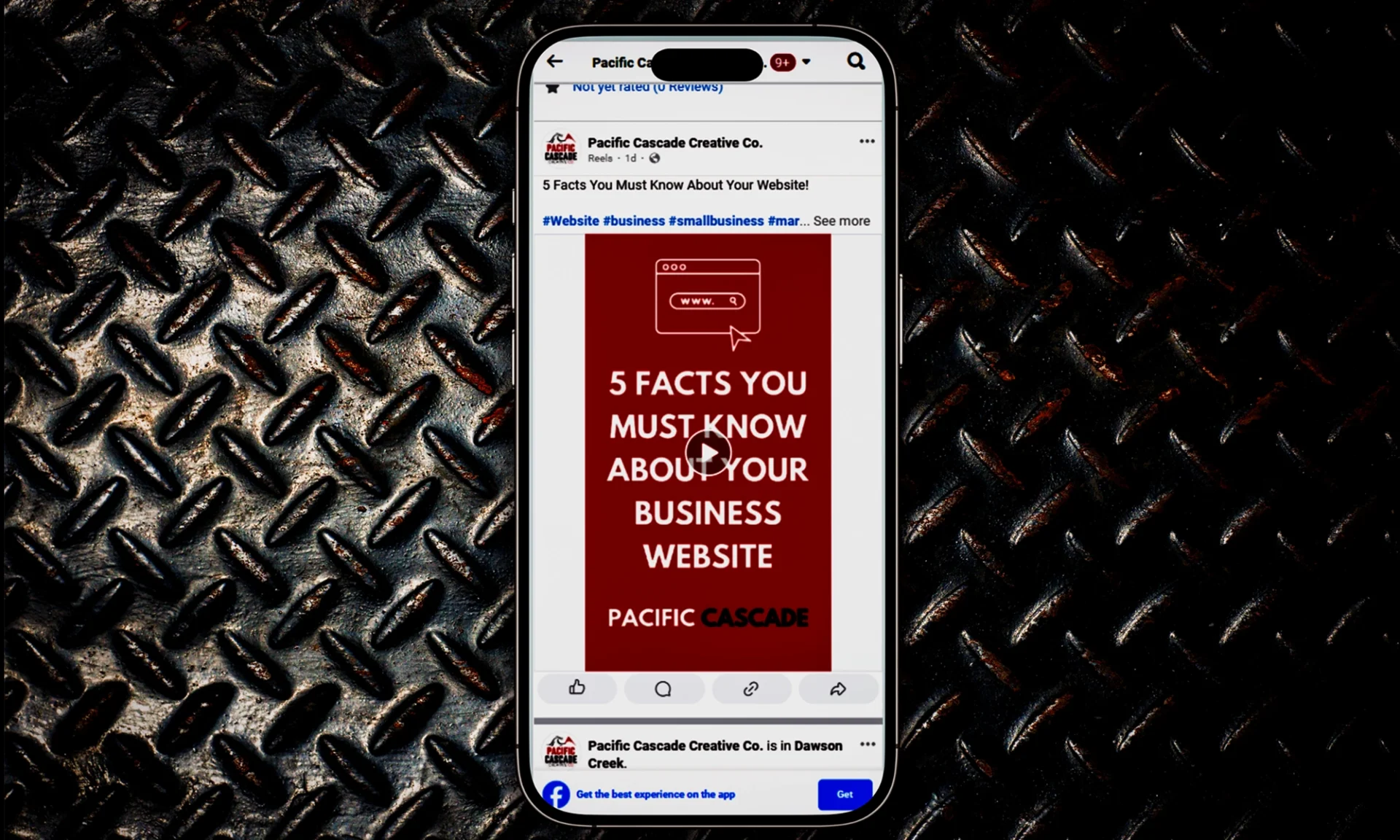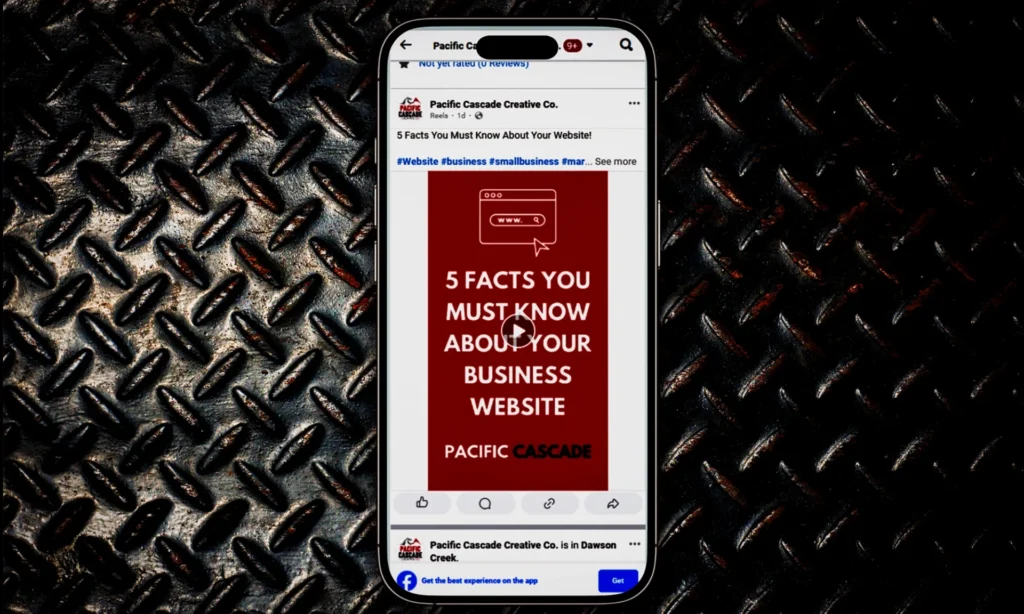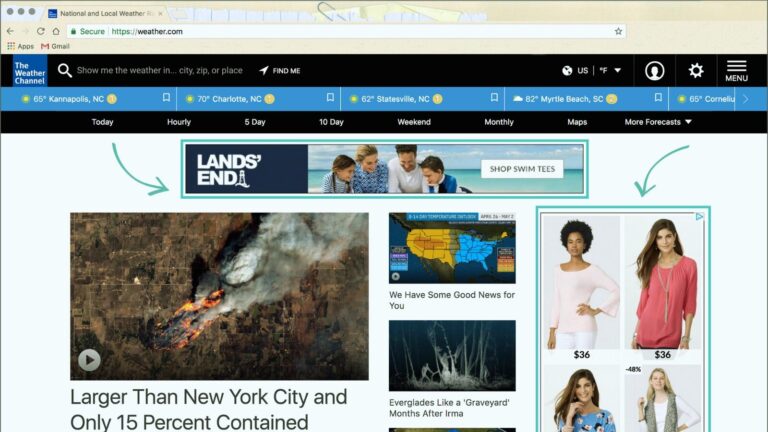

5 Smart Strategies to Save Time on Social Media Marketing
For busy business owners, managing social media marketing can feel like an endless cycle of creating content, engaging with audiences, and analyzing results. While a strong online presence is essential for business success, it doesn’t have to take up your entire workday.
With the right social media marketing strategies, you can save hours every week while still keeping your brand visible and relevant. In today’s fast-paced digital first society, social media marketing can quickly become overwhelming, especially when you’re juggling multiple platforms and tasks. However, by implementing smart marketing strategies, you can streamline your efforts, save valuable time, and still achieve game changing results.
Whether you’re a small North American business owner or an international digital marketing professional, focusing on the right social media tools and techniques can help you stay organized and efficient. From automating your posts to analyzing content performance, here are five smart strategies that will help you save time, boost productivity, and maximize your social media impact without sacrificing quality.
1. Use Scheduling Tools to Plan Ahead
One of the biggest time-wasters in social media marketing is posting content in real time. Content scheduling tools save time on social media marketing by streamlining the process of planning, creating, and publishing posts.
Instead of manually posting content at different times across multiple platforms, these tools allow you to schedule posts in advance, often weeks or months ahead. This centralized approach not only reduces repetitive tasks but also ensures consistency in your posting schedule, which is crucial for audience engagement.
Many tools also include features like content calendars, automated posting, and analytics, enabling marketers to focus on crafting quality content and analyzing performance rather than spending time on day-to-day posting. By automating routine tasks, content scheduling tools free up valuable time for strategic planning and creative work.
How to Get Started:
- Pick the Right Tool: Tools like Buffer, Hootsuite, Sprout Social, and Later let you schedule posts across multiple platforms from a single dashboard.
- Use Platform-Specific Schedulers: For instance, Meta Business Suite works well for Facebook and Instagram, while LinkedIn Scheduler is ideal for professional networking.
- Batch Your Content Creation: Dedicate one or two days each month to create a month’s worth of content. This includes designing graphics, writing captions, and planning hashtags.
- Create a Social Media Calendar: A calendar lets you plan around key dates like holidays, product launches, or industry events. Google Sheets or tools like Trello and Asana can work as collaborative content calendars.
Pro Tip:
Include a mix of content types, such as behind-the-scenes videos, educational posts, and promotions, to keep your audience engaged without having to brainstorm on the fly.
Time-Saving Benefits:
- Eliminates the daily task of manual posting.
- Reduces the risk of last-minute stress over creating content.
- Ensures a consistent posting schedule, which helps boost engagement and reach.
2. Repurpose Existing Content
Content repurposing is a game-changer for saving time. Repurposing content saves time on social media marketing by allowing you to maximize the value of your existing content rather than constantly creating new material.
For example, a blog post can be transformed into bite-sized social media captions, infographics, video snippets, or carousel posts, catering to different platforms and audience preferences. This approach reduces the effort needed to brainstorm and produce fresh ideas while ensuring consistent messaging across channels.
Repurposed content also extends the lifespan of your original work, helping you reach new audiences without reinventing the wheel. By focusing on adaptation rather than creation, repurposing content streamlines your workflow and boosts efficiency.
How to Repurpose Like a Pro:
- Blog to Social Media Snippets: Break down long-form blog content into bite-sized tips, quotes, or stats that can be shared as individual posts.
- Turn Posts into Videos: Convert top-performing posts or blog content into engaging videos using tools like Pictory or Lumen5.
- Create a Carousel Post from Tutorials: If you have a step-by-step guide or process, transform it into a carousel post on Instagram or LinkedIn.
- Recycle High-Performing Content: Don’t be afraid to repost successful content, especially if it’s been several months since its original run. Update the caption to keep it relevant.
Pro Tip:
Track which content performs best and prioritize repurposing those for maximum impact.
Time-Saving Benefits:
- Reduces the need to constantly brainstorm new ideas.
- Allows you to focus on refining and amplifying content that’s already proven effective.
- Expands your reach by presenting the same content in different formats.
3. Outsource Repetitive Tasks
Social media marketing involves many routine tasks, such as posting, responding to comments, or creating graphics. Outsourcing tasks is an effective way to save time on social media marketing by delegating time-consuming activities to skilled professionals.
Tasks like content creation, graphic design, copywriting, video editing, community management, and analytics reporting can be outsourced to freelancers or agencies. This frees up your time to focus on strategy, decision-making, and other core aspects of your business. Outsourcing also ensures that these tasks are handled by experts, often resulting in higher-quality outputs and more consistent performance.
Whether it’s scheduling posts, responding to comments, or running ad campaigns, delegating to specialists allows you to scale your social media efforts without spreading yourself too thin.
What to Outsource:
- Content Creation: Hire a freelancer or agency to design graphics, write captions, or create video content. Use platforms like Upwork, Fiverr, or Toptal to find skilled professionals.
- Engagement and Community Management: Delegate tasks like responding to comments, liking posts, or interacting with followers. Virtual assistants can handle these efficiently.
- Paid Advertising: Running ads on Facebook, Instagram, or Google requires expertise. Hand this task to a professional to ensure better ROI.
- Analytics and Reporting: Use tools like Sprout Social or Google Data Studio to automate reporting and consider hiring someone to interpret the results.
Pro Tip:
Create clear guidelines and templates for your outsourced team to maintain brand consistency.
Time-Saving Benefits:
- Delegates time-intensive but essential tasks to experts.
- Frees up your schedule for high-value activities like networking or product development.
- Ensures professional-level results without requiring your direct involvement.
4. Focus on the Right Platforms
A major mistake business owners make is trying to be active on every social media platform. Focusing on the right platforms saves time by ensuring that your efforts are directed where your target audience is most active, instead of spreading resources thin across every available channel.
Businesses should prioritize platforms that align with their industry, target demographics, and content strengths. For instance, LinkedIn is ideal for B2B companies and professional services, while Instagram works well for visually-driven industries like fashion, food, and travel.
Facebook suits businesses with diverse audiences, and TikTok is great for engaging younger users with creative, short-form content. By concentrating on platforms where engagement is likely to yield the highest ROI, businesses can optimize their time, tailor their strategies, and achieve better results without unnecessary effort.
Steps to Identify the Right Platforms:
- Analyze Your Demographics: Use insights from platforms like Facebook Audience Insights, Google Analytics, or Instagram Insights to understand where your audience is most active.
- Start with Two to Three Platforms: For example:
- B2B businesses: Focus on LinkedIn for professional networking and Twitter for industry conversations.
- Visual brands: Prioritize Instagram, Pinterest, or TikTok for their highly visual audiences.
- Local businesses: Use Facebook and Google My Business for localized outreach.
- Tailor Content to Platform Strengths: What works on TikTok (short, trendy videos) may not perform well on LinkedIn (professional, in-depth posts).
Pro Tip:
Evaluate your platform performance quarterly. If a platform isn’t yielding results, it’s okay to step back and allocate resources elsewhere.
Time-Saving Benefits:
- Prevents the spread of effort across too many platforms.
- Boosts engagement by focusing on platforms with the highest ROI.
- Saves time by allowing you to create content specifically optimized for fewer platforms.
5. Use A Content Calendar
A content creation calendar is a planning tool that organizes and schedules your content across platforms and time frames. It serves as a visual roadmap for what, when, and where you will post, helping you maintain a consistent social media presence and align your content with your marketing goals. Typically, a content calendar includes details like post topics, publishing dates, assigned creators, target platforms, and accompanying media such as images or videos.
The calendar can be as simple as a spreadsheet or as advanced as specialized tools like Trello, Notion, or CoSchedule. It often includes space for tracking important dates, such as holidays, product launches, or campaign deadlines. By using a content creation calendar, you streamline planning, prevent last-minute scrambling, and ensure that your messaging remains strategic and cohesive across all channels.
How To Use A Content Calendar Like A Pro:
- Identify your content’s purpose—whether it’s to drive traffic, increase engagement, or generate leads—and align your calendar with these objectives.
- Choose a content calendar platform that suits your needs, such as Trello, Google Sheets, CoSchedule, or Asana, for better organization and collaboration.
- Schedule content weeks or months in advance to avoid last-minute scrambling and maintain consistency across platforms.
- Add industry events, holidays, and promotional campaigns to your calendar to align your posts with timely and relevant themes.
- Plan and create multiple pieces of content at once, then schedule them strategically across your calendar for consistent posting.
- Leave room for spontaneous or reactive content, such as posts about trending topics or breaking news.
By mastering these practices, you can maximize the effectiveness of your content calendar, ensuring a strategic and efficient approach to your social media marketing efforts.
6. Utilize Analytics and Reporting
Utilizing analytics helps save time on social media marketing by providing actionable insights into what works and what doesn’t, allowing you to focus your efforts on strategies that deliver results. Instead of guessing which content resonates with your audience, analytics tools reveal patterns in engagement, reach, and conversions, helping you refine your approach.
This data-driven strategy eliminates wasted time on ineffective campaigns and maximizes ROI by allocating resources to proven tactics. Analytics also identify the best times to post, the most effective platforms, and your audience’s preferences, making it easier to plan content that drives engagement and meets your goals.
How to Use Analytics to Save Time on Social Media Marketing:
- Monitor performance metrics like engagement rate, click-through rate, and impressions.
- Identify top-performing posts and replicate their style or format.
- Use demographic data to understand your audience and tailor content accordingly.
- Track optimal posting times to schedule content when your audience is most active.
- Evaluate underperforming strategies and adjust or eliminate them.
How Analytics Saves Time and Money:
- Reduces guesswork by highlighting proven tactics.
- Optimizes resource allocation by focusing on high-impact platforms and content.
- Prevents wasted effort on low-performing strategies.
- Increases ROI by ensuring campaigns are targeted and effective.
- Provides a clear roadmap for future planning, minimizing trial and error.
By leveraging analytics, you can make smarter decisions, streamline your processes, and achieve better results with less time and effort.
Final Thoughts
Saving time on social media benefits your business by allowing you to focus on strategic priorities that drive growth, such as developing new products, improving customer service, or refining your marketing strategy. By streamlining tasks like content scheduling, analytics, and audience engagement, you reduce the hours spent on repetitive activities while maintaining a strong online presence.
This efficiency not only frees up time for other essential operations but also maximizes return on investment (ROI) by ensuring your social media efforts are purposeful and result-driven. With optimized time management, you can allocate resources more effectively, enhance productivity, and generate higher-quality leads and sales, all while avoiding burnout and maintaining consistent brand visibility.
Social media marketing doesn’t have to dominate your schedule. By implementing these time-saving strategies—using scheduling tools, repurposing content, outsourcing tasks, and focusing on the right platforms—you can manage your online presence more efficiently and effectively.
Ready to simplify your social media efforts? At Pacific Cascade Creative, we help businesses streamline their social media marketing to save time and boost results. Whether you need custom strategies, content creation, or complete social media management, we’ve got your back.
Let’s connect and take the hassle out of your social media marketing today!






